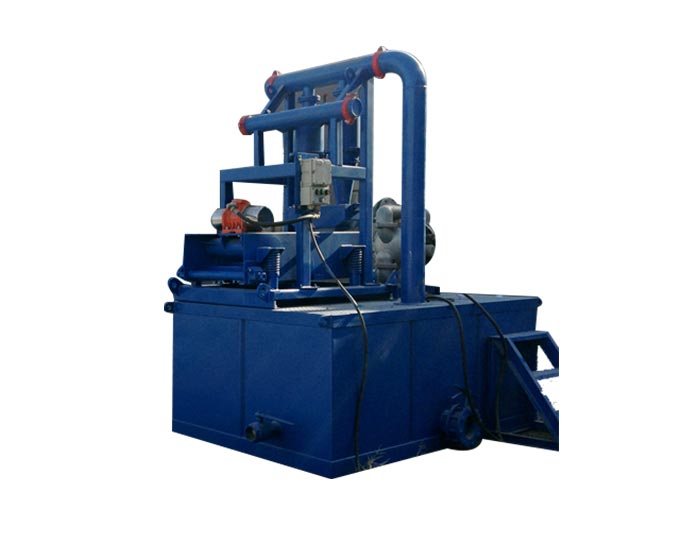The Importance of Horizontal Tank Agitators in Industrial Applications
Horizontal tank agitators play a critical role in a variety of industrial applications, serving as essential equipment in processes ranging from mixing and blending to emulsifying and heat transfer. Understanding how these agitators function and their benefits can greatly enhance operational efficiency in various sectors, including chemical processing, food and beverage production, and wastewater treatment.
Functionality of Horizontal Tank Agitators
Horizontal tank agitators are designed to operate within horizontal tanks, which are commonly used due to their efficient use of space and ease of maintenance. These agitators consist of a motor-driven impeller that creates agitation in the liquid, facilitating the mixing of different components. The design may vary—some agitators use a single impeller, while others employ multiple impellers to achieve a more thorough blending.
When the impeller rotates, it generates flow patterns that help distribute solid particles or heat uniformly throughout the liquid. This mixing action is vital for maintaining homogeneous solutions and can significantly impact the quality of the final product. The effectiveness of an agitator is often measured by its ability to create desired flow rates, shear forces, and mixing times.
Applications and Benefits
1. Chemical Processing In chemical manufacturing, horizontal tank agitators are crucial for blending raw materials, ensuring that reactions occur efficiently. They help in dissolving chemicals, suspending solids, and preventing sedimentation in mixtures, which can lead to inconsistent product quality.
2. Food and Beverage Industry The food industry often relies on horizontal tank agitators to mix ingredients, emulsify sauces, and create homogeneous mixtures in beverages. The hygiene and safety standards in food processing can be met more easily with these agitators as they can be designed for easy cleaning and maintenance.
horizontal tank agitator
3. Wastewater Treatment In environmental applications, horizontal tank agitators are used to mix wastewater for treatment processes, ensuring that chemicals added for neutralization or filtration are evenly distributed. This uniform distribution enhances the efficacy of the treatment process, leading to better overall results.
4. Pharmaceuticals The pharmaceutical industry requires precise mixing of compounds to ensure efficacy and safety in medication production. Horizontal tank agitators help achieve consistent blend quality, which is essential for meeting regulatory standards.
Design Considerations
When designing or selecting a horizontal tank agitator, several factors should be taken into consideration. These include
- Tank Geometry The shape and size of the tank can significantly influence the mixing dynamics. Designers must account for liquid levels and any potential dead zones where mixing might be insufficient.
- Viscosity and Density The physical properties of the liquids being mixed are crucial. Highly viscous or dense fluids may require more powerful agitators or specific impeller designs to achieve the desired mixing effect.
- Material Compatibility It’s important to choose agitators made from materials that resist corrosion and are compatible with the liquids being processed to ensure longevity and reduce maintenance costs.
Conclusion
Horizontal tank agitators are indispensable tools across many industries, providing the necessary mixing and blending capabilities to enhance product quality and operational efficiency. By understanding their functionality, applications, and design considerations, industries can leverage these devices to optimize their processes and meet the evolving demands of their markets. As technology advances, the efficiency and versatility of horizontal tank agitators will only continue to improve, ensuring their pivotal role in industrial applications for years to come.
 Linear Motion Shale Shaker In Drilling Rig
Linear Motion Shale Shaker In Drilling Rig  Oilfield Mud Cleaner
Oilfield Mud Cleaner  Drilling Fluid Decanter Centrifuge
Drilling Fluid Decanter Centrifuge  Drilling Mud Desander
Drilling Mud Desander  Hydrocyclone Desilter
Hydrocyclone Desilter  Centrifugal Pump/Centrifugal Mud Pump
Centrifugal Pump/Centrifugal Mud Pump  Shear Pump
Shear Pump  Jet Mud Mixer
Jet Mud Mixer  Horizontal Mud Agitator
Horizontal Mud Agitator  Constant Pressure Drilling Fluid Mud Gas Separator
Constant Pressure Drilling Fluid Mud Gas Separator  Mud Gun
Mud Gun  Mud Tank
Mud Tank  Solids Control System Vacuum Degasser
Solids Control System Vacuum Degasser  Flare Ignition Device
Flare Ignition Device  Diesel Tank
Diesel Tank  Submersible Slurry Pump
Submersible Slurry Pump 






































